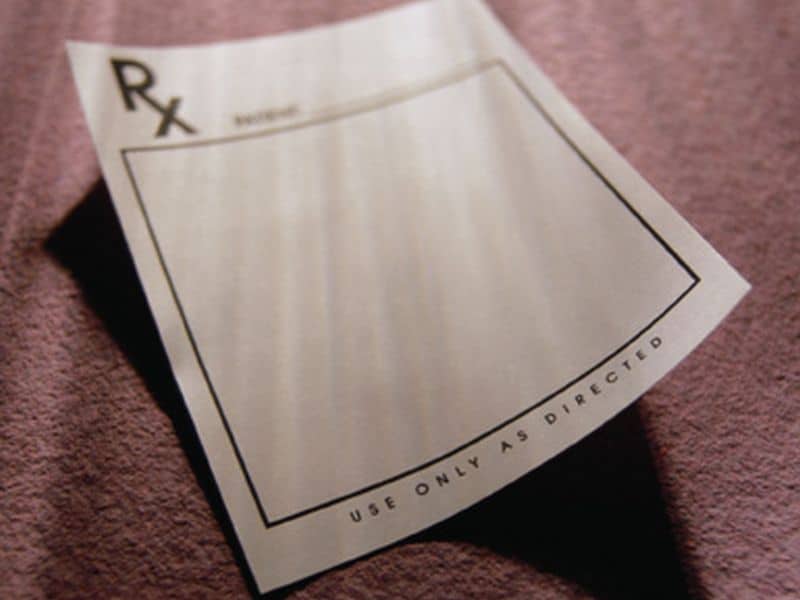FRIDAY, July 27, 2018 (HealthDay News) — Children often fill outpatient opioid prescriptions, with the most common indication for dental procedures, according to a study published online July 16 in Pediatrics.
Cecilia P. Chung, M.D., M.P.H., from Vanderbilt University in Nashville, Tenn., and colleagues conducted a retrospective cohort study involving Tennessee Medicaid children and adolescents aged 2 to 17 years. The annual prevalence of outpatient opioid prescriptions and incidence of opioid-related adverse events was estimated.
The researchers found that there were 1,362,503 outpatient opioid prescriptions, with an annual mean prevalence of 15.0 percent for opioid prescriptions. Dental procedures, outpatient procedure and/or surgery, trauma, and infections were the most common opioid indications (31.1, 25.1, 18.1, and 16.5 percent of prescriptions, respectively). As confirmed by medical record review, there were 437 cases of opioid-related adverse events; 88.6 percent were related to the child’s prescription. There was no recorded evidence of deviation from the prescribed regimen in 71.2 percent of opioid-related adverse events. For opioid-related adverse events, the cumulative incidence was 38.3 of 100,000 prescriptions. There was an increase in adverse events with age (incidence rate ratio, 2.22 for 12 to 17 years of age versus 2 to 5 years) and with higher opioid doses (incidence rate ratio, 1.86 for upper versus lower dose tertiles).
“Children without severe conditions enrolled in Tennessee Medicaid frequently filled outpatient opioid prescriptions for acute, self-limited conditions,” the authors write. “One of every 2,611 study opioid prescriptions was followed by an opioid-related adverse event.”
Copyright © 2018 HealthDay. All rights reserved.



